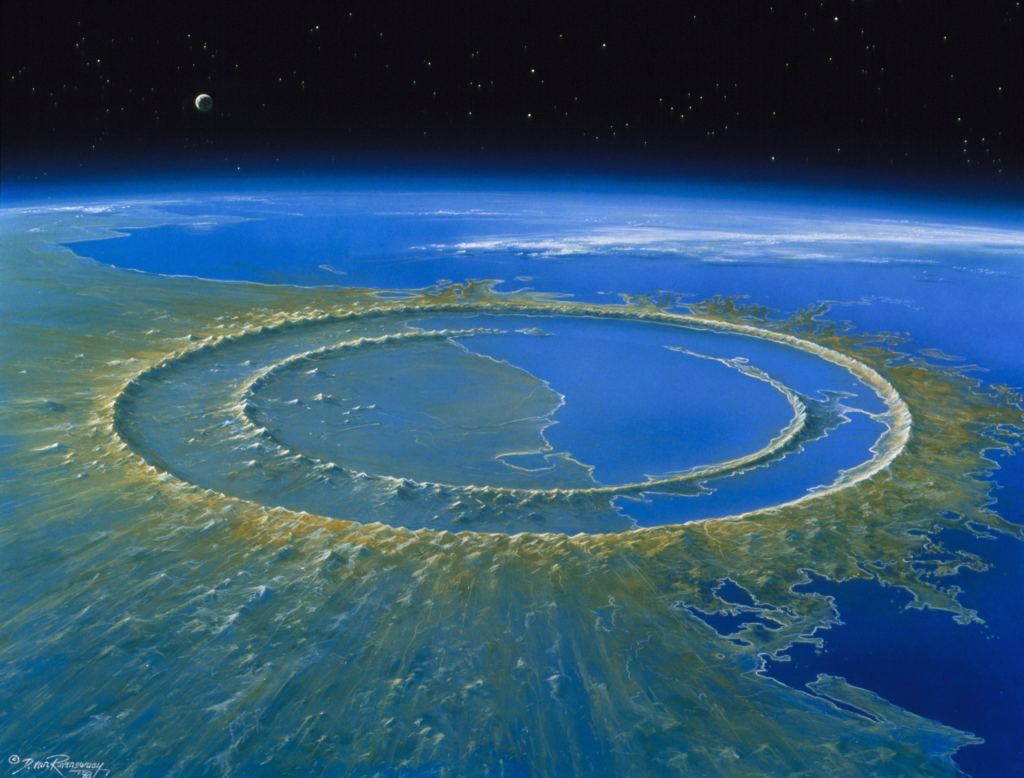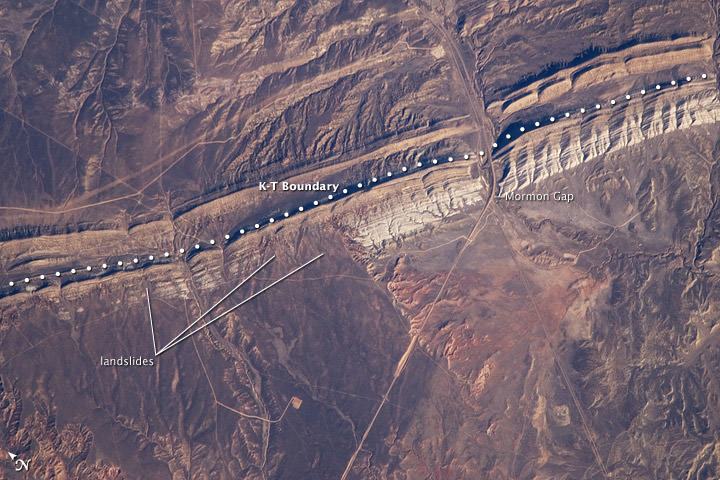There are bad days, and then there are really bad days. 65 million years ago, life on Earth – especially if you were a dinosaur – experienced the worst possible bad day, as a giant meteor came crashing down to the surface of our planet, unleashing an inferno followed by decades of nuclear winter. And the worst part? It didn’t have to be so bad.
You can’t see it nowadays, but buried beneath the calm Caribbean waters off the coast of Mexico’s Yucatan peninsula is a scar from one of the most violent events to ever happen to the Earth: the Chicxulub crater, created when a meteor a few miles across slammed into our crust at tens of thousands of miles per hour.

That impact wasn’t so fun. The initial crash triggered earthquakes around the globe, raised a massive tsunami wave, flung material halfway to the orbit of the Moon, and sent enough dirt into the atmosphere to blot out the sun for decades.
That decades-long winter did the most damage, as plants around the world starved without access to sunlight, causing a systemic collapse of the food web – and the death of 75% of all species on Earth, including almost all the dinosaurs (a few lucky ones made it out and ended up evolving into birds, but that’s another story).

So like I said, all in all, not fun. But despite this general broad-brush picture, many questions still remain about this calamitous event. Previously, physics simulations have been able to capture only the initial impact, but now researchers are able to complete the follow-through, examining in detail how dirt experienced the shock of a lifetime, heated to tens of thousand of degrees, and blasted off into the atmosphere.
The worst possible angle
By comparing the simulated craters to the actual structure of the Chicxulub crater (including the parts buried a mile underground), a team of researchers at the Imperial College London found that the dino-killing asteroid struck at somewhere around a 60 degree angle.
What’s so bad about that?
What’s bad about that is that this angle was the worst possible one: given the particular geology at the Yucatan impact site, it sent the most amount of material flying into the air, especially sulfur, which quickly formed tiny compounds that were especially good at blocking sunlight.
If the asteroid at struck at some other angle, it still would have been a rough journey for life 65 million years ago, but it may have been a little more survivable.

